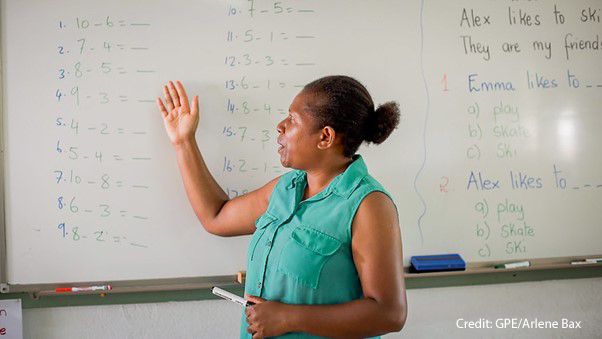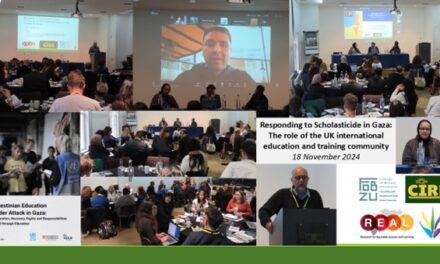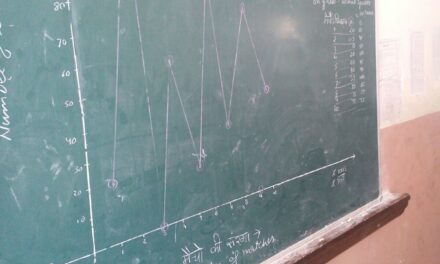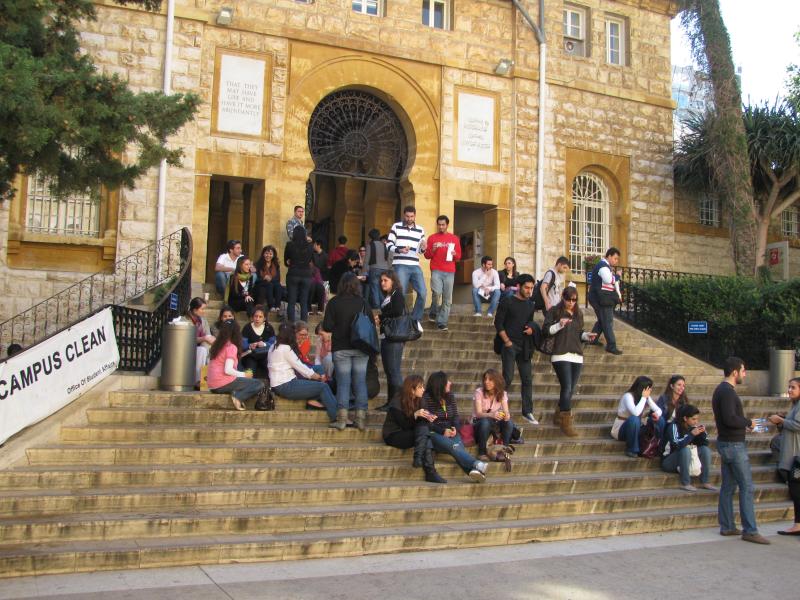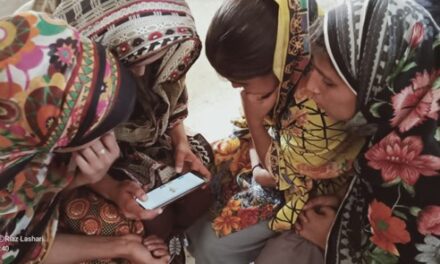This blog was written by Aidan Craney, Research Fellow, LaTrobe University. It was first published on the Developmental Leadership Program’s website on 10 October 2022.
Education is routinely seen as fundamental to development, and a reliable path to prosperity. Since it has the potential to shape individuals’ and future leaders’ values, skills and networks, education is also often viewed as vital to developmental leadership. A simple internet search for ‘education as a panacea for development’ turns up pages of papers discussing the merits of formal schooling – some measured, some polemic.
The claims of education as a developmental magic bullet are not without reason. Asian developmental states of the 20th Century invested heavily in formal education to produce a populace that could identify and solve complex problems. No less an authority than Amartya Sen has even argued that China’s relative developmental success, compared with India, in areas of health and economic growth is at least partially attributable to the Chinese state’s investment in developing a high-quality education system made widely available throughout the country.
But it’s not a given that education achieves this success; the ‘how’ also matters. Literacy rates in the Pacific average above 90 percent for those aged over 15 – considerably higher than in South Asia and Sub-Saharan Africa. Despite this, the Pacific remains one of the most aid dependent regions in the world. Part of this is attributable to the geographic isolation of these ocean states, imposing significant challenges to the establishment of cost-effective import/export sectors. Another significant factor, I argue, is due to a lack of locally led visioning and planning for development. This is driven partly by the influence of bilateral and multilateral donors in shaping national development plans and through the interventions that they choose to fund. It is also compounded at the domestic level by education systems not designed to reflect local needs and realities.
I have written about these problems in an article and book through the lens of attempting to understand the challenges and opportunities that young people in Fiji and Solomon Islands face in achieving their individual and collective potential. My research investigates the formal structures theoretically intended to improve young people’s human capacity – namely education and employment – and informal structures that shape the pathways available to young people – such as civil society and notions of tradition.
In my work two themes emerge. The first is that young people are ‘structurally minimised’ through the belief that they are to be seen but not heard. This promotes an expectation of subservience that inhibits critical thinking in young people and limits social recourse when young people’s needs are not being met. The second is that many of Pacific society’s formal structures are hangovers from the colonial era – imposed by foreign governments and remaining ill-suited to local needs, capabilities and ways of being and knowing.
These themes combine to perpetuate an education system that is not fit for purpose for multiple reasons. To begin with, colonial designs, initially intended to mould traditional elites into civil servants and, later, broader populations into willing and able workers, continue to shape the schooling systems of Fiji and Solomon Islands. In these designs, critical thinking and local ways of being and knowing were at best of no concern and at worst deliberately designed away. As Linda Tuhiwai Smith argues of education systems designed in colonies, ‘The colonizer did not simply design an education system. They designed an education especially to destroy Indigenous cultures, value systems and appearance.’
Formal education systems poorly designed for place can restrict individuals in the Pacific from fully developing the capabilities to imagine the means and ends for locally relevant, self-determined developmental futures. Further, they can reproduce western systemic and mental frameworks that shape institutions. In doing so, they impede the ability of students and graduates of all ages to imagine alternative futures and how they could be implemented and supported through policy, programming and bureaucracy.
Formal education systems do not need to remain static, though. Curricula and pedagogy can and should be regularly updated to reflect social norms, values and needs. Eminent Pacific scholars have discussed alternative approaches to education. Dialogic teaching offers one pathway, as described in this blog: ‘Storying is indigenous in the Pacific, used for teaching and learning in many contexts.’ And Konai Helu Thaman has outlined a way forward for the decolonisation of Pacific studies:
‘(1) It is about acknowledging and recognizing the dominance of western philosophy, content, and pedagogy in the lives and the education of Pacific peoples; (2) it is about valuing alternative ways of thinking about our world, particularly those rooted in the indigenous cultures of Oceanic peoples; and (3) it is about developing a new philosophy of education that is culturally inclusive and gender sensitive’.
Although the primary and secondary schooling systems of Fiji and Solomon Islands are largely built on foreign foundations, there are examples of locally relevant education programs outside of these spheres. The ‘Pacific Worlds’ course taught at the University of the South Pacific is offered online throughout the region. It uses mat weaving as a metaphor for independent research to help students ‘critically demonstrate “Pacific Consciousness”’ through the use of the indigenous i-Talitali (mat weaving) framework. Less formally, the Vunilagi Book Club works with primary school-aged children in an informal settlement of Suva. The club has used relationships and cultural norms to create a program that embraces local ways of being and knowing to address a locally recognised challenge of children’s literacy.
Education and learning open doors for new ideas, creating pathways to visioning new developmental futures. If such futures are to be locally conceived and led, the education systems of Pacific countries, such as Fiji and Solomon Islands, need to reflect local ways of being and knowing, as well as foster critical thinking.
Want to learn more about Pacific understandings of education and school leadership? Check out DLP’s paper, Appreciating Pacific Understandings of School Leadership.

